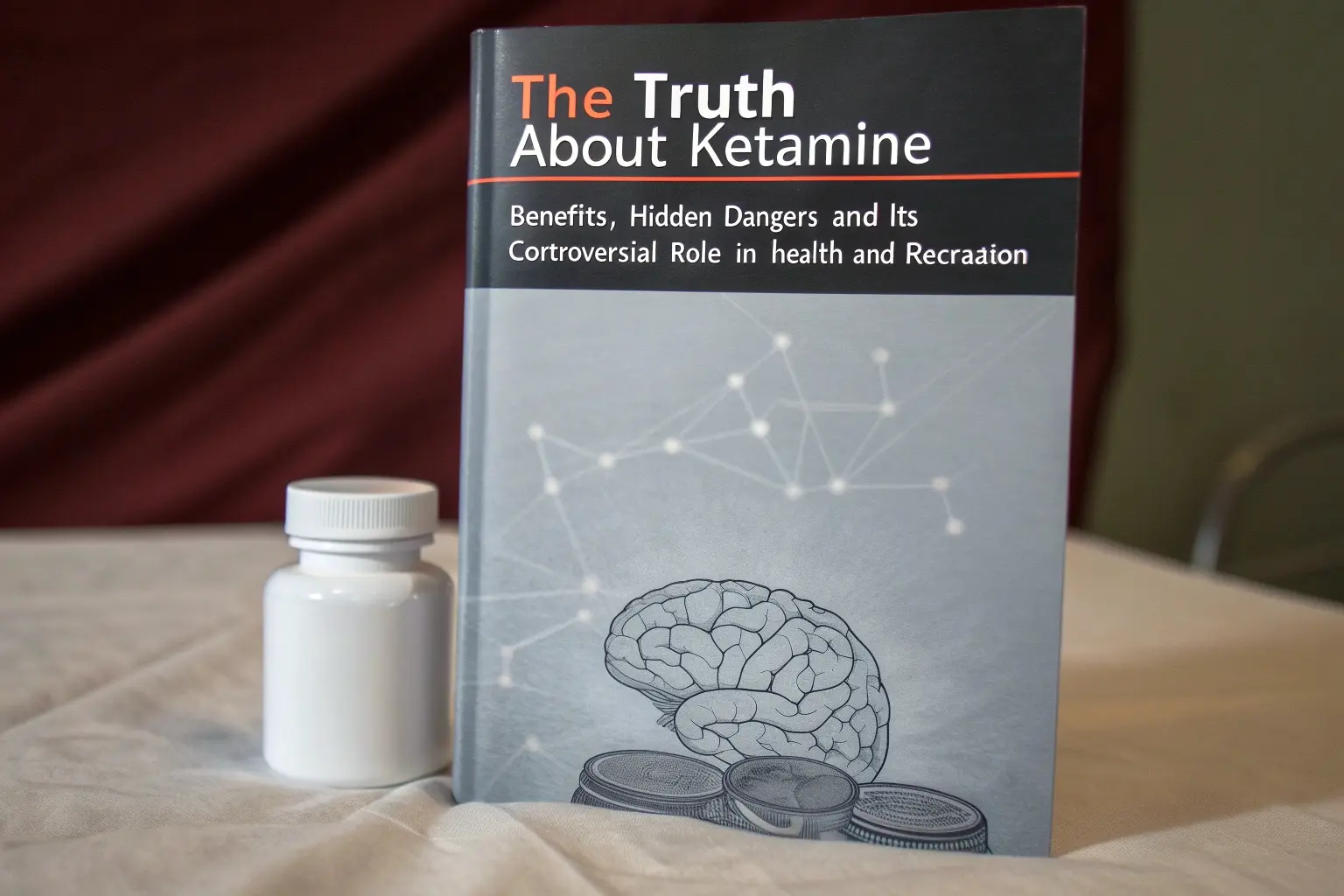A Topical Approach to Slowing Systemic Signs of Aging
The next frontier in longevity isn’t beneath the skin—it’s on it.

We’ve long viewed aging as an inside-out phenomenon — DNA damage, hormonal decline, oxidative stress — all happening beneath the skin’s surface. But what if we’ve underestimated the skin itself? What if the visible signs of aging aren’t just cosmetic, but symptomatic of something deeper — and more interconnected? Systemic aging may be influenced not only by internal factors but also by the health and function of the skin.
And what if the way forward isn’t just internal but topical?
In the quiet corridors of biohacking forums and experimental labs, a new hypothesis is gaining traction: that targeting aging through the skin can affect the entire system — body, brain, and beyond. This is the dawn of topical systemic longevity.
It’s not skincare. It’s not vanity. It’s biology, reimagined.
Why the Skin Matters More Than We Thought
The skin is the body’s largest organ. That’s more than trivia — it’s biology’s megaphone. Packed with immune cells, blood vessels, and nerve endings, the skin constantly communicates with your brain, your immune system, and even your hormonal pathways.
Think of it less as a barrier and more as an interface — a living dashboard with the potential to influence the body far beyond its surface.
Topical longevity taps into this reality by asking a provocative question: If the skin can reflect aging, can it also redirect it?
How Does the Skin Act as a Portal, Not Just a Mirror, for Aging?
1. Transdermal Delivery: Moving Molecules Beyond the Surface
Modern delivery systems — liposomes, nanocarriers, penetration enhancers — allow specific compounds to cross the skin barrier and enter systemic circulation. Transdermal hormone therapy has proven this for decades. Now, bioactive molecules targeting aging pathways (think NAD+ boosters or senolytics) are being delivered the same way.
2. Modulating Inflammation and Immune Signaling
Chronic low-grade inflammation — or “inflammaging” — is a hallmark of biological aging. The skin, rich in immune surveillance, plays a surprisingly large role in systemic inflammation. By reducing inflammatory signaling at the skin level, we may be able to reduce whole-body inflammatory load.
3. Neuro-Immuno-Endocrine Feedback Loops
The skin isn’t just downstream from the brain. It talks back. Topically applied agents can trigger neural pathways, modulate cortisol levels, and even influence mood and cognition. It’s not hypothetical: studies have shown certain compounds can affect neuropeptide signaling after topical application.
Which Compounds Are Applied Topically and Why Do They Matter for Systemic Aging?
Here are the compounds leading the charge in this topical revolution:
– NAD+ Precursors (NMN, NR)
Instead of high-dose oral supplementation, these longevity molecules are being applied directly to the skin in formulations designed for systemic mitochondrial support and cellular energy optimization.
– Senolytics
Compounds that selectively target and clear senescent (aged, non-functional) cells — topically applied versions are being studied for both local rejuvenation and systemic inflammation reduction.
– GHK-Cu and Longevity Peptides
Originally known for wound healing and skin regeneration, peptides like GHK-Cu have shown potential in influencing gene expression related to aging and repair.
– Botanical Adaptogens and Antioxidants
From resveratrol to ashwagandha, adaptogenic compounds are increasingly being formulated for the skin — targeting oxidative stress, cortisol regulation, and systemic balance.
Can Topical Skincare Really Produce Systemic Anti-Aging Effects?
It might sound counterintuitive — how could a cream affect your cognition, your mitochondria, or your aging clock? But consider this:
- The skin houses peripheral circadian clocks, meaning what you apply can influence your sleep–wake cycle.
- Skin inflammation drives cytokine cascades that affect distant organs.
- Transdermal routes can bypass liver metabolism, allowing for steady, sustained delivery of active compounds into the bloodstream.
In essence, the skin isn’t the end of the line. It’s the beginning of a feedback loop.
Read About: Dry? Oily? Confused? Here’s What Finally Helped Me Get My Skin Together
Is Topical Longevity a Passing Fad or the Future of Anti-Aging?
Skepticism is warranted. The beauty industry has a long history of wrapping pseudoscience in sleek packaging. But this is something else. What distinguishes the topical longevity movement is that:
- It’s evidence-informed, with growing scientific literature on transdermal delivery and skin-system signaling.
- It’s technology-enabled, using precision delivery mechanisms and rigorous formulation science.
- And it’s mission-driven — aimed at healthspan, not just aesthetics.
This is not about chasing youth. It’s about reclaiming resilience.
Why This Matters
For many, access to advanced longevity protocols — gene therapies, stem cell banking, plasma exchanges — is out of reach. But topical interventions offer a decentralized, democratic on-ramp to systemic aging care. They’re accessible. They’re non-invasive. And when done right, they’re rooted in legitimate biological mechanisms. Topical longevity represents a promising approach, leveraging the skin to support overall health and slow aging processes.
Imagine turning your morning skincare ritual into a daily act of systemic regeneration.
Imagine the next wave of medicine not in a pill bottle or surgical suite — but in a small glass jar, designed with purpose, precision, and bioactive intent.
Some Thoughts
At the edges of science and skincare, something strange and beautiful is unfolding. The underground has always been where ideas ferment before they scale — where tomorrow’s therapies are whispered, tested, and believed in before the world catches up.
Topical longevity isn’t just about looking younger. By targeting the skin, we can influence systemic aging and support the body’s overall resilience. It’s about aging on your own terms.
Because in a world obsessed with inner transformation, maybe the real rebellion is starting from the outside in.
Stay on the edge. Stay with Ravoke. This is Dawn of the Underground, reporting from the future before it’s fully arrived.








